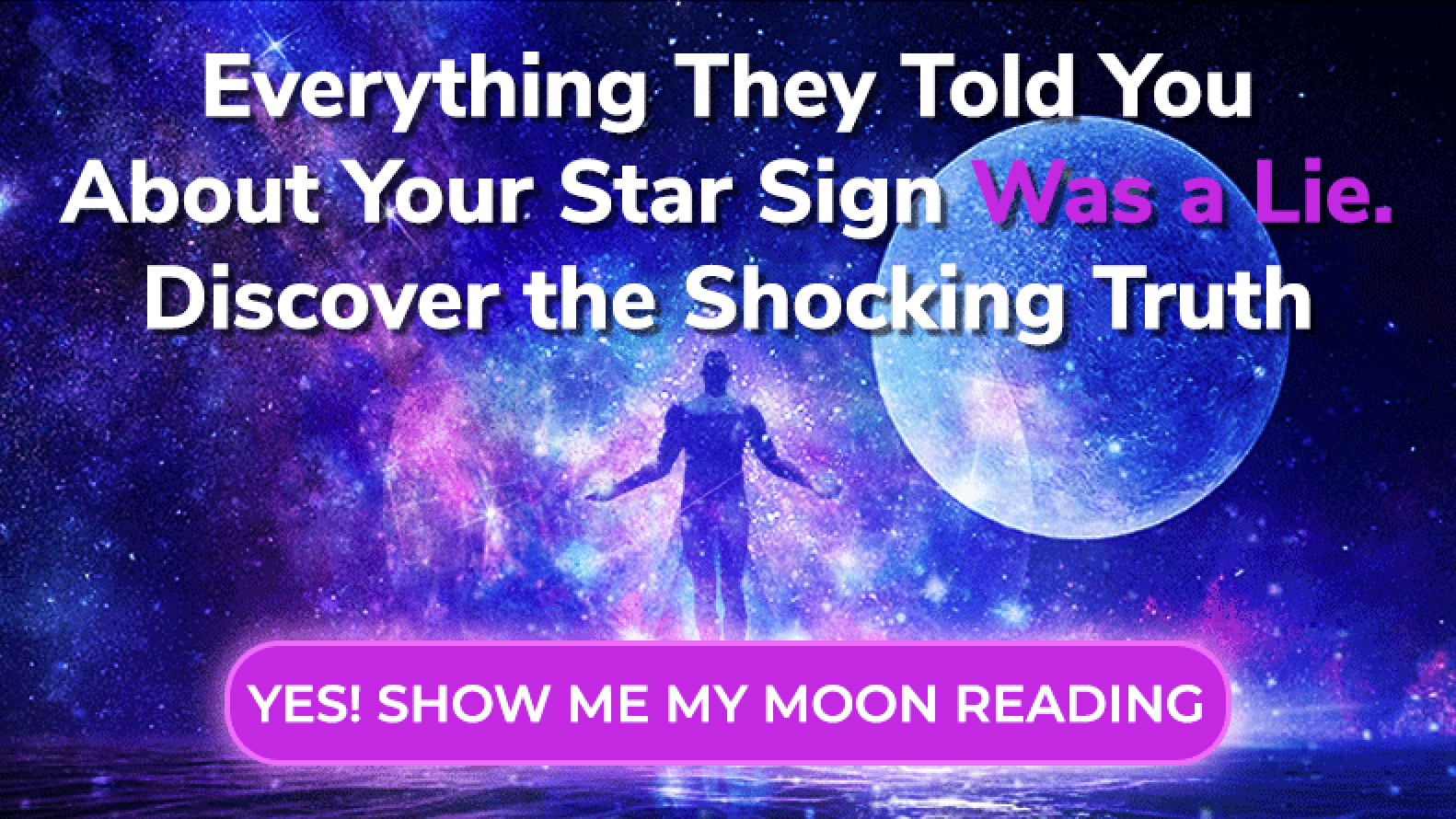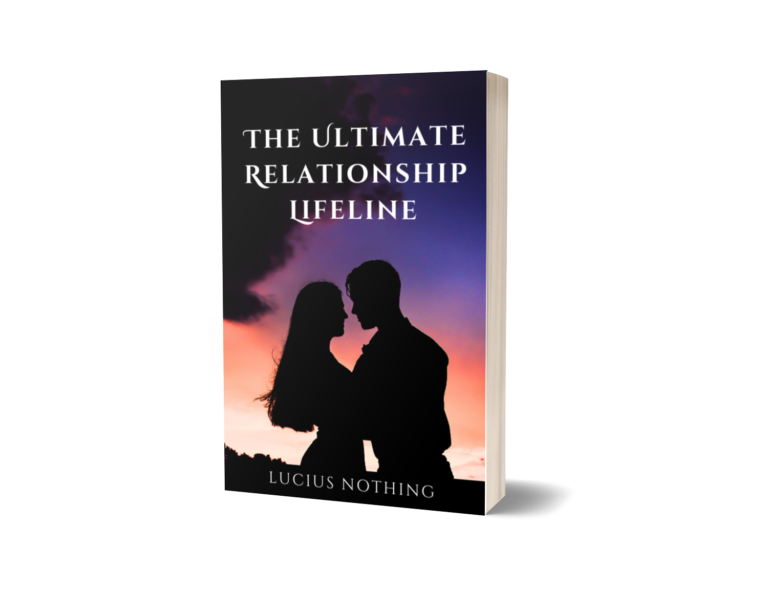Once you have become reasonably comfortable and confident that you understand what each of the Tarot’s 78 archetypes mean individually, the next step is to start stringing multiple card meanings together by doing simple Tarot readings.
Going from memorising the meanings of each individual card to trusting your intuition and innate knowledge of the deck to work together to come up with coherent and insightful Tarot messages is a big step, an important step, a step every aspiring Tarot reader needs to make.
Becoming truly confident as a Tarot reader does not happen overnight and can only happen with practice – lots of practice. Simple spreads are the best place to start.
To get you started, here is collection of some of the best, most versatile Tarot spreads for beginners.
What is a simple Tarot spread for beginners?
If you are brand new to doing Tarot card readings, you first goal is to simply get started.
Join our Facebook group to get the answers to your synastry questions from our experienced community.
I recommend keeping things simple at first, and adding more complex readings as you build confidence and experience as a Tarot card reader. Know that there is no rush, and no need to get into more complicated spreads, such as the Celtic Cross spread, or other complex spreads right away.
Card-a-day
The simplest and most beginner-friendly Tarot spread of them all has got to be the card-a-day Tarot spread.
Really, this is a simple one card reading, and it should be the first stepping stone for beginners who are only just feeling ready to put the guidebook down and start relying on their own innate knowledge and intuition instead. Of course, if you are not quite ready to relinquish the guide book, you can consult it initially. But once you feel ready, put it away and trust that your intuition has got you.
The card-a-day reading is a simple as it sounds: Just draw one card each day. Contemplate the meaning of the card as you go about your day, and see how the energy of the card makes itself known.
If you want to, you can ask your Tarot deck a question before drawing the card. If, for example, you have an exam coming up later in the day, you might want to ask your Tarot deck about the likely outcome before you draw your one card.
Purely intuitive Tarot spreads
Purely intuitive Tarot spreads are ideal Tarot spreads for beginners. They are playful and informal, and offer a great way of getting to know your Tarot deck better while achieving deep insight.
Intuitive spreads have not set card positions – you make them up as you go along. While simply concentrating on the topic, dilemma or question that you want to bring to the cards, simply draw the cards that feel right. Turn them over and internet them as best you can – let your intuition guide your interpretation.
2 card Tarot spreads
2 card Tarot spread are a simple way to get started, and can provide a surprising level of clarity.
Simply draw two cards and place them next to each other. Assign them both a position and turn them over.
Option A, option B
This version of the 2 card spread is helpful whenever you find yourself in a dilemma, unsure of which direction to take or which option to go for.
Card one tells you about the outcome you can expect if choosing option A, while card 2 reveals the most likely outcome of going with option B.
Pros, cons
This version of the two card Tarot spread helps you look at the pros and cons of a situation in a more depth.
Card one tells you about the pros, the positives, while card two indicates the cons, the downsides.
3 card Tarot spreads
Three card Tarot spreads are extremely popular and versatile. They can be used in so many different ways – many more than it makes sense for me to try to list. Here are a few great examples of 3 card spreads to inspire your own inventions. It is truly incredible how much guidance three cards can provide you with.
Here are a few popular 3 card Tarot spreads for you to try. Remember, you can always make a reading your own by assigning different meanings to the spread’s card positions.
Past, present, future
This is perhaps the most popular three card spread in existence. Simply draw three cards and place them in front of you in left to right in the order you picked them. Now turn them over.
The first card is the past card, telling you about the past and its influences, the central card is the present card, and the third card is the future card, indicating the most likely direction of the future. You can direct the reading by giving it a headline, for example by asking, What is the past, present and future of this relationship?
Strengths, weaknesses, action
This variation over the three card Tarot reading is useful when you want to gather a better idea of your own strengths and weaknesses, and of what action might spur you forward.
Card one represents your strengths, your fortes, what you are naturally good at or what your qualifications are. Card two represents your weaknesses and shortcomings, and card three suggests an action you can take to propel yourself forward.
You, the other person, the relationship
This version of the three card spread is particularly useful in Tarot readings about love and relationships.
The first card indicates you and the relationship as you view it, the second card represents the other person in the relationship and their point of view, and the final card is the relationship card, providing more information about the relationship itself, as it actually is.
Five card Tarot spreads, cross formation
Five card spreads are still suitable Tarot spreads for beginners. They are good to introduce, once you have got the hang of and are comfortable with three card spreads.
The five card Tarot spread builds on the foundation of the three-card Tarot spread, but adds two additional cards. Five card Tarot spreads allows you to elaborate on the information you would get from a three card Tarot spread.
The five cards spread can be constructed in a cross-formation, with three cards placed in a horizontal row, one below and one above.
Past, present, future, pitfall, reward
An example of a five card Tarot spread that builds on an existing three card Tarot spread.
In the horizontal row we have the three Tarot cards representing past, present and future. But it now looks like we have three present cards – one in the horizontal row, one below and one above. The one below indicates exactly what potential pitfalls to watch out for, while the card above represents the best possible scenario, the highest potential to reach for in the situation. Knowing where you might fail or triumph night help you moving forward and gaining more control over the outcome.
You, your partner, the relationship, hidden influences, best course of action
This version of the five card Tarot reading is a great spread when you are seeking clarity about your relationship.
In the horizontal row you have card one, two and three from the original reading. The Tarot card below reveals any hidden influences that are having an effect on your relationship, and the one above is an advice card, suggesting what your next step might be, given the information you now have.
Five card Tarot spreads, rectangle formation
Another version of the five card Tarot spread sees the five cards placed in a rectangle formation, with one card in the middle and four cards forming a square around it.
Typically, the card in the middle represents you, while the four surrounding cards are interpreted intuitively. If you prefer, you can assign them specific positions, such as current situation, recent past, near future and likely outcome.
The horseshoe Tarot spread
The horseshoe Tarot spread is a little more complex, while still counting as one of the more suitable Tarot spreads for beginners.
Horseshoe Tarot card spreads uses seven cards placed in a u-formation. The first card indicates past influences while the second card represents the current situation. The third card signifies future developments and the fourth card gives you a piece of advice. The fifth card reveals how the people around you are influencing your decisions and actions, and the sixth card unearths unseen influences. Finally, the seventh card tells you what your strongest action would be.
The Celtic Cross
Not for complete beginners, the Celtic Cross is nevertheless a stable in any Tarot reader’s arsenal. The Celtic Cross is great at providing general information about a querent’s life, but the spread is also ideal for answering specific questions.
The core spread is set up in a cross formation. Card one represents the present moment and the quern’s role in the situation at hand. Card two represents the obstacle.
Below the cross, card three is placed to indicate the influence of the distant past. To the left of the cross, card four tells of more recent influences that are still impacting the situation.
Above the cross, card five tells you of the potential in the situation. The sixth card foreshadows an event in the near future that relates to the core issue.
The six cards we have drawn so far form a larger cross. Now, a column of four more are added. Card seven reveals the querent’s previous attitude or view of the situation, card eight reveals how the people around the querent are affecting them, card nine are the querent’s hopes or fears, and card ten is the probable outcome.
Clarifying Tarot cards
Clarifying Tarot cards are the ones you pull out of the deck to provide more context or detail. Consider these clarifiers a way for you to ‘zoom in’ on different aspects of readings if something seems unclear or simply needs fleshing out.
Whatever falls out of the Tarot deck
Many Tarot readers, including myself, have a rule about the cards that sometimes just happen to fall out of the Tarot deck, either when shuffling or moving the deck around. I consider these cards accidental clarifiers. Sometimes, when we don’t ask for further clarification or more detail, the Tarot itself decides to leap forward and provide it.
Truly understanding Tarot Spreads for Beginners could mean the difference between great happiness and misery down the line. Find a psychic medium near you today, whether you’re in New York City, Chicago, Utah, Seattle in the US, or somewhere completely different, you can get the expert guidance you deserve. Don’t forget you can also get a psychic email reading at low cost, or try the best online psychic reading sites such as Kasamba, Oranum, PsychicOz, Bitwine, Everclear Psychic and more.



